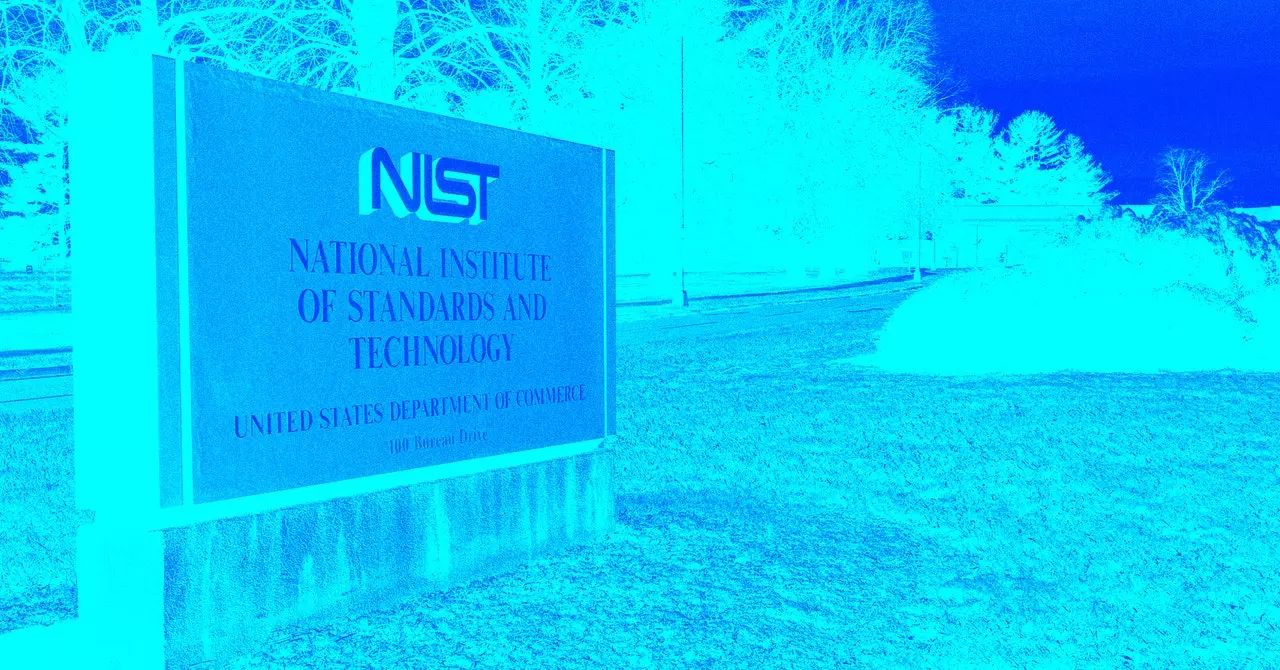The National Institute of Standards and Technology (NIST), a crucial agency focused on ensuring safety and reliability standards across various technologies, is facing an unsettling future with potential layoffs. This development is rooted in broader budgetary and strategic shifts initiated by the Trump administration and the recently established Department of Government Efficiency. Notably, these cuts may soon affect hundreds of employees, raising questions about the agency’s future capabilities and operational effectiveness.
Reports circulating among NIST staff have indicated that since Donald Trump’s presidency began, there has been a palpable atmosphere of uncertainty regarding job security. This anxiety intensified following reports of Elon Musk and the Department of Government Efficiency (DOGE) being tasked with significant government budget cuts. Employees noted that rumors intensified recently after alleged sightings of DOGE personnel on campus, attempting to access NIST’s Information Technology Laboratory systems.
However, these concerns were met with conflicting reassurances from NIST leadership, who clarified that although DOGE was not present on campus, provisions were ongoing to possibly accommodate them in the near future. This contradiction in communication reflects a growing fear among employees who sense that major changes are imminent but remain uncertain about their personal job security and the organization’s strategic direction.
According to reports from reliable news sources like Axios and Bloomberg, NIST has begun informing its staff of impending layoffs, primarily targeting around 500 recent recruits still under probation. Such measures can diminish a workforce rapidly due to their relative ease of termination. The layoff strategy seems to be particularly aimed at disrupting high-level technical experts and influential positions, suggesting a broader potential reshuffling of NIST’s leadership and operational structure.
In a concerning backdrop, the fate of the newly established US AI Safety Institute (AISI) hangs in the balance. Born from an executive order promoting AI safety, AISI may be particularly vulnerable. The new administration had previously rescinded this directive, signaling a decrease in prioritizing AI safety—raising alarms among industry experts and stakeholders.
The impact of the potential layoff news has already echoed through the corridors of NIST, as several high-profile departures have occurred in recent weeks. Elizabeth Kelly, AISI’s inaugural director, resigned just as significant gutting of positions loomed, indicating a lack of confidence in the agency’s future direction. This pattern of leadership turnover, especially in key sectors such as artificial intelligence, is effectively sidelining NIST from vital discussions and decision-making processes.
This exodus is not unprecedented; notable figures like Reva Schwartz and Elham Tabassi, who spearheaded significant programming at NIST, have also exited, further indicating instability within the organization. Such departures not only disrupt ongoing projects but also signal a potential loss of institutional knowledge essential for NIST’s mission.
With Vice President JD Vance’s recent comments at the AI Action Summit, it is clear that the new administration is reframing the national discourse around artificial intelligence. By explicitly stating that he did not wish to focus on AI safety during his address, Vance is sending a strong message that the administration may shift priorities away from regulatory frameworks aimed at ensuring safe AI deployment. This shift, in conjunction with current layoff strategies, implies a new paradigm in which technological progress may take precedence over cautious oversight.
The implications of these developments at NIST extend far beyond the immediate fallout of layoffs. As pivotal projects and initiatives geared toward AI safety wane in their emphasis, there is a considerable risk that the U.S. could lose ground in a critical area of technological innovation. Observers both within and beyond government circles must brace for a future where oversight and ethical considerations in AI development may not only be deprioritized but possibly disregarded altogether.
The anticipated layoffs at NIST present a complex landscape filled with uncertainty. Employees are left waiting anxiously for formal announcements, their futures hinging on a reshaped governmental vision of efficiency and budget constraints. As the institution grapples with these changes, industry and academic stakeholders must unite to advocate for a balanced approach, one that marries innovation with responsibility in burgeoning sectors like artificial intelligence.
The developments at NIST underscore a tumultuous shift, signaling a call to action for those who care about the future of technology, safety, and regulation in America. The swift transitions within this critical agency may soon shape the narrative of technological advances for years to come.

